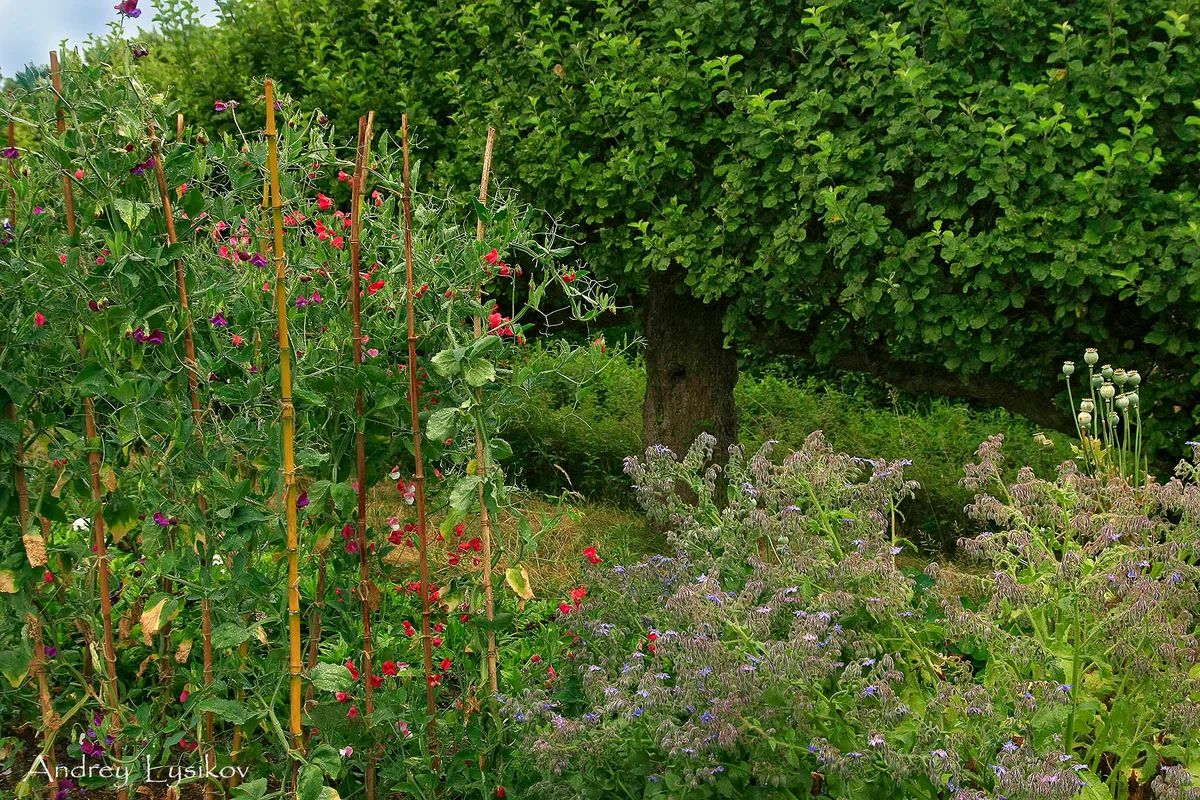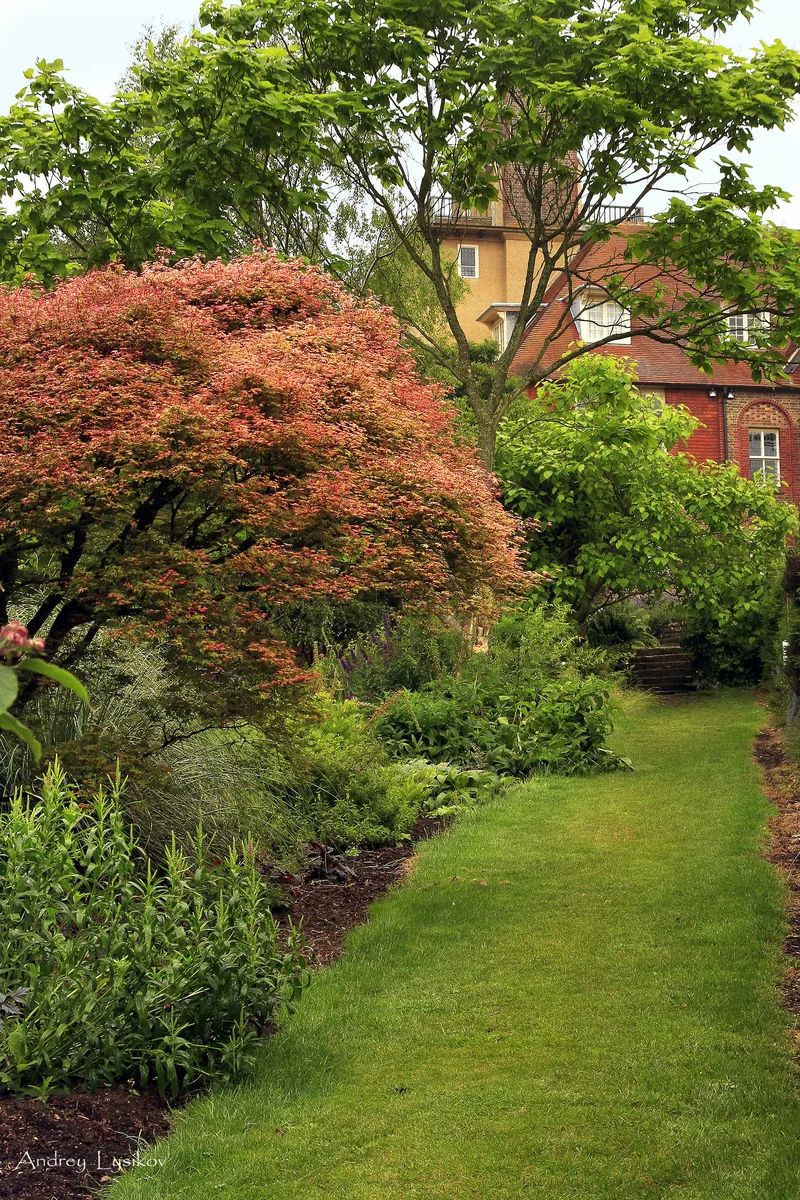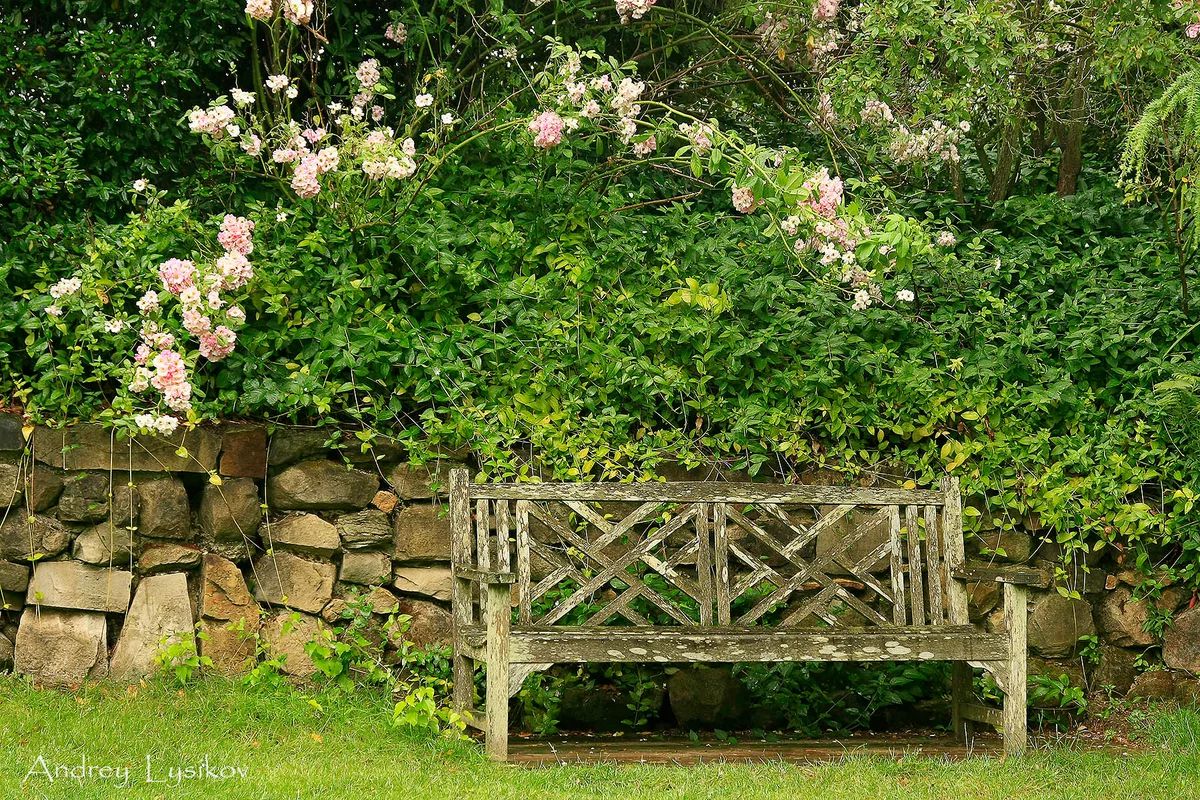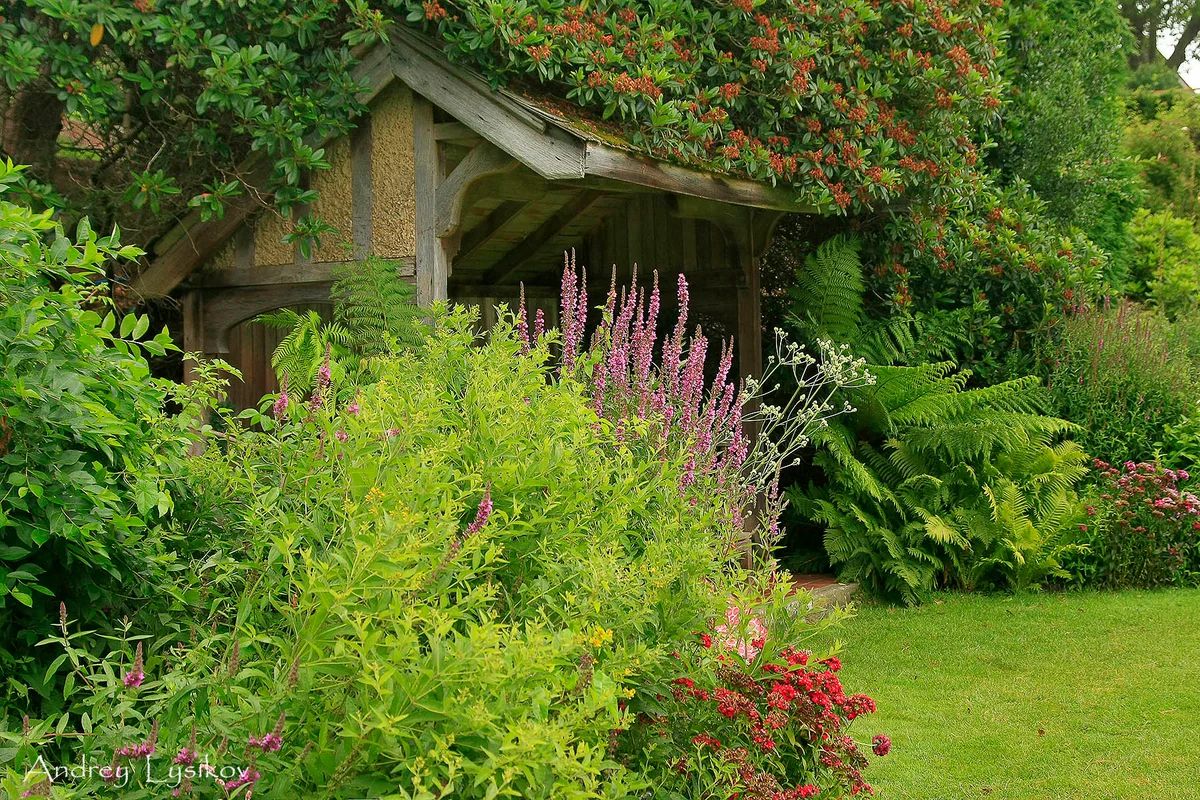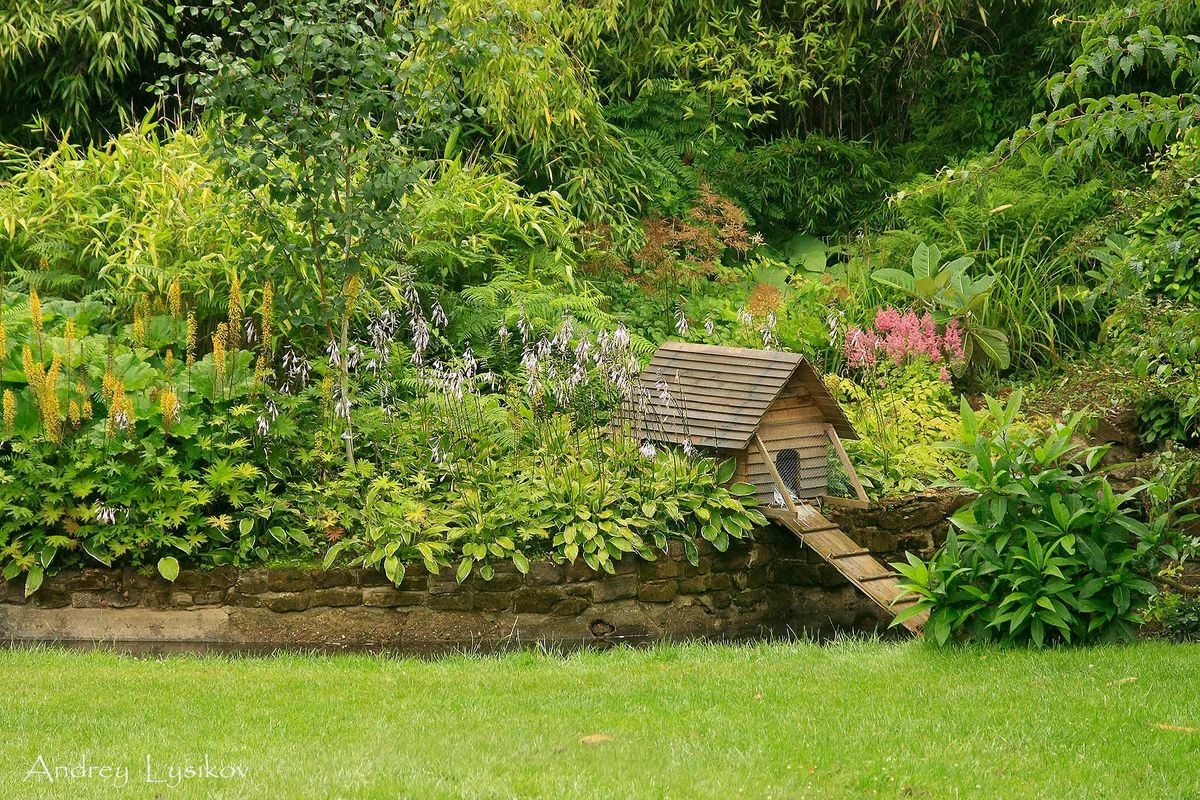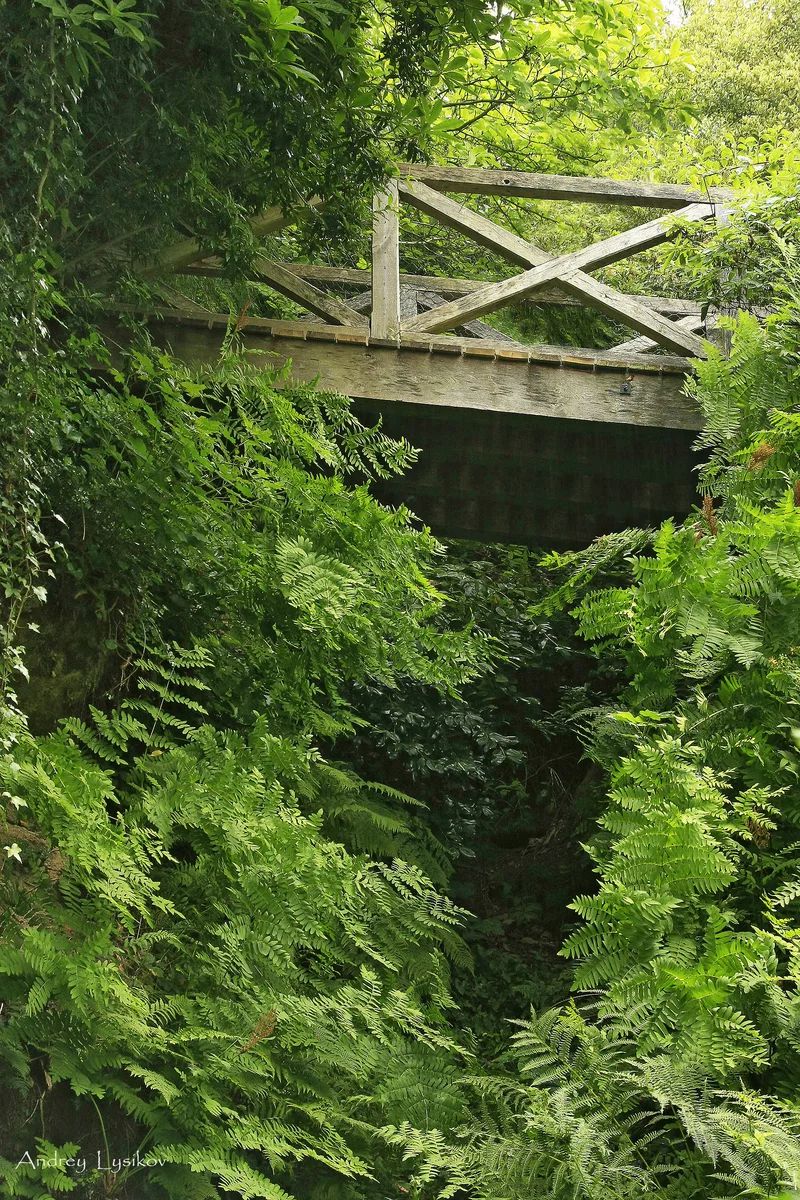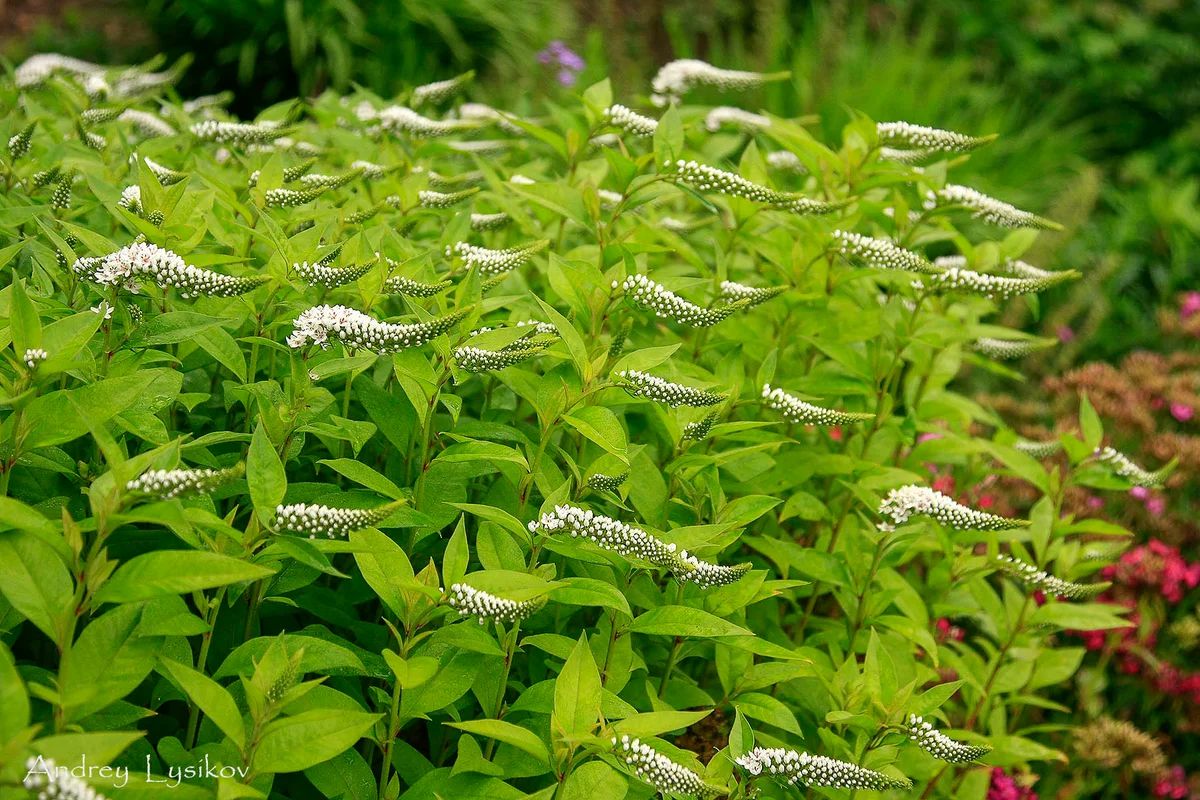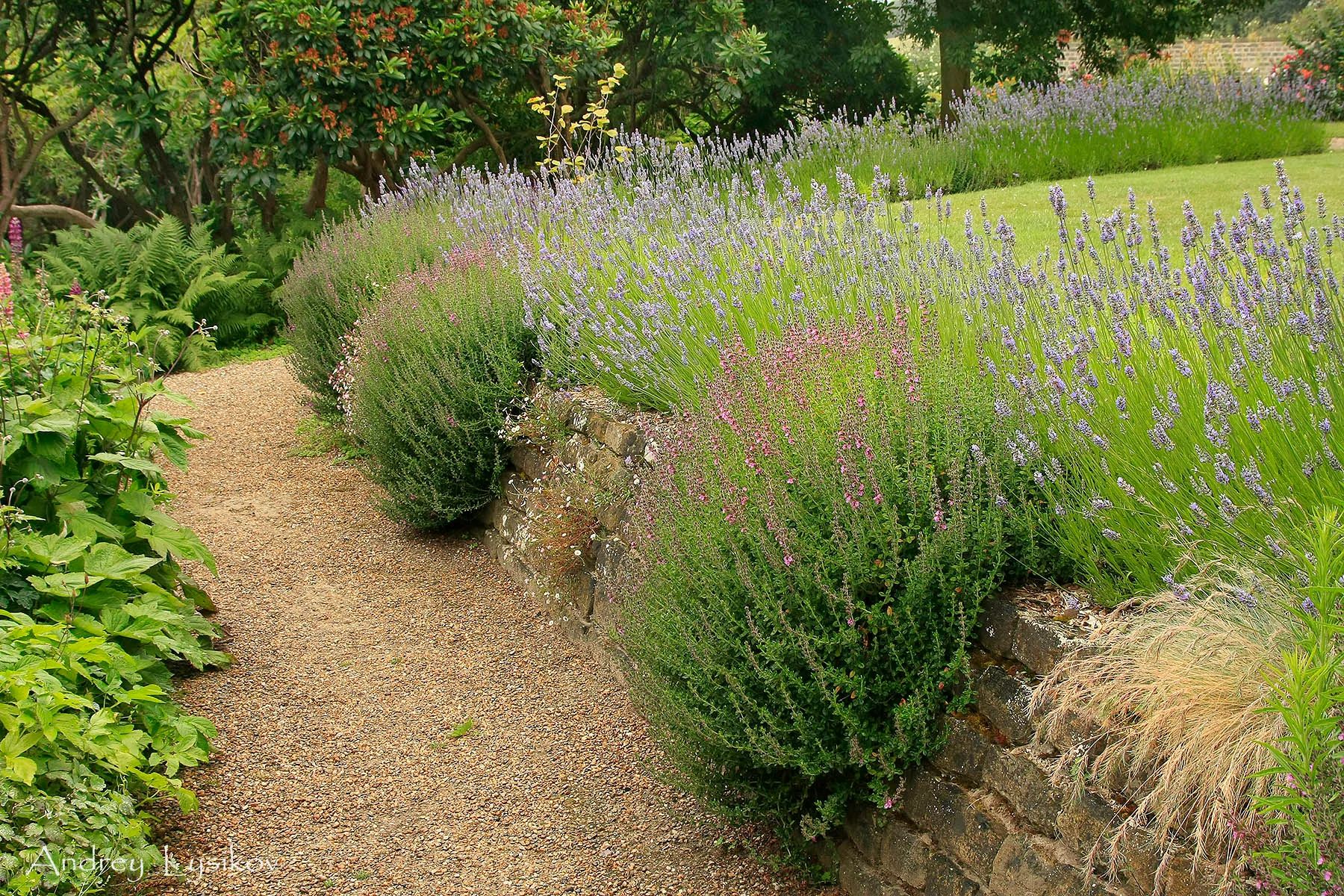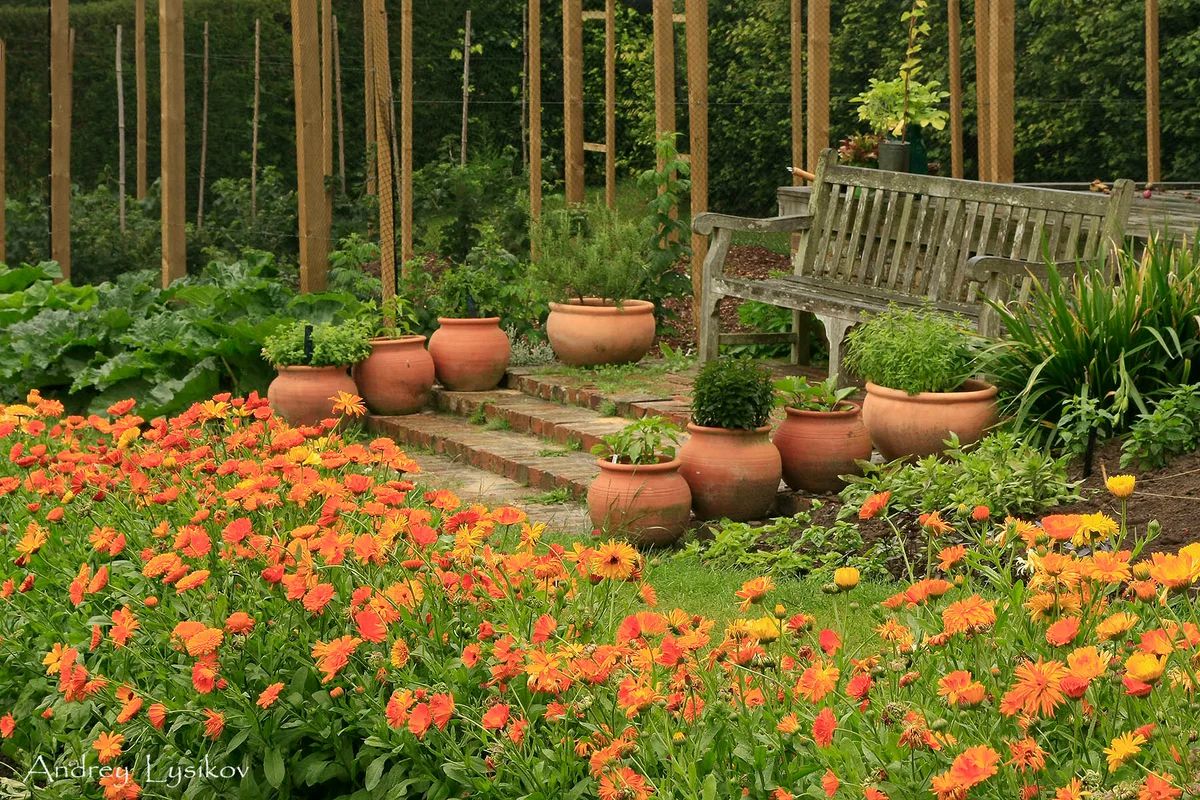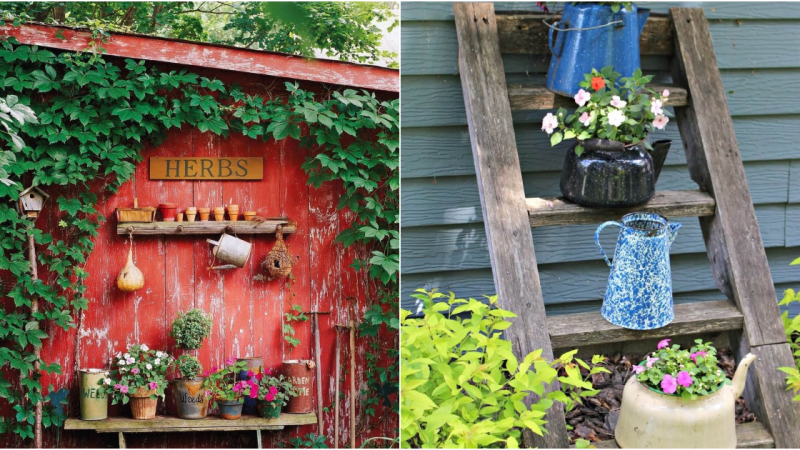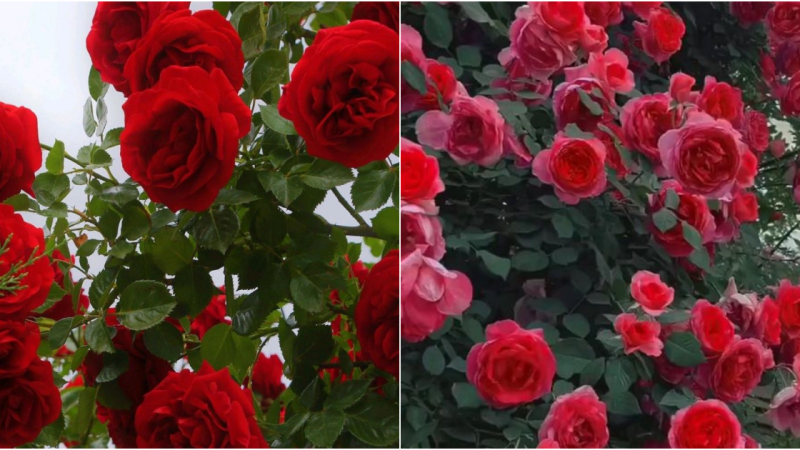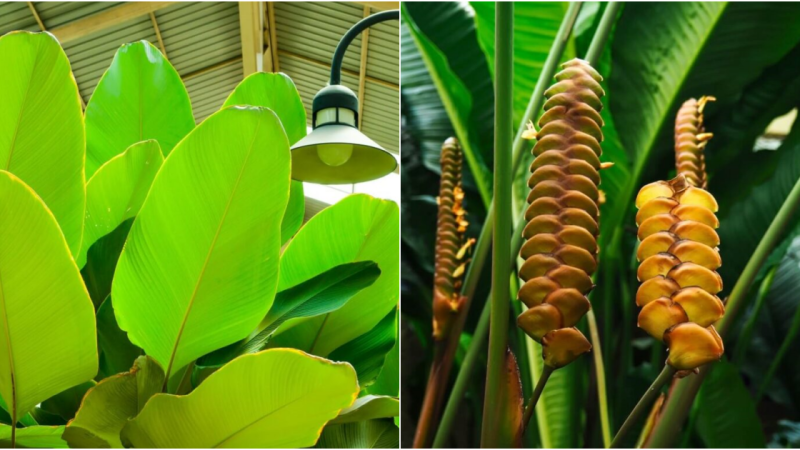Standen – A Garden of Diverse Styles
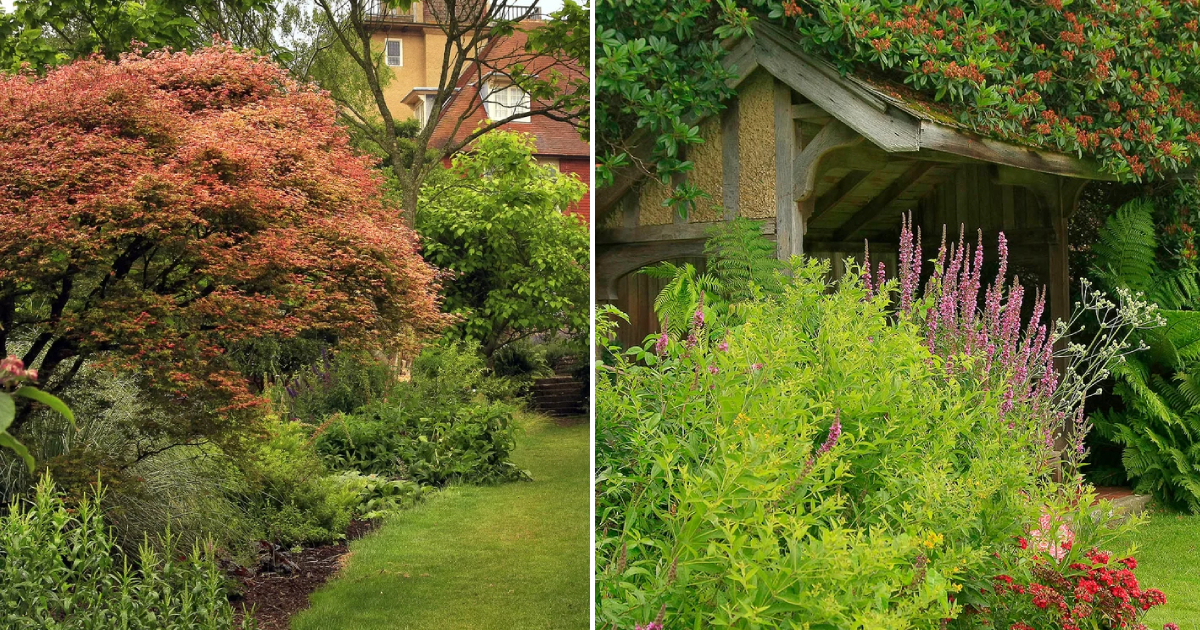
Landscape photographer Andrey Lysikov tells us about another wonderful English garden. “From a bird’s-eye view, the land of West Sussex county resembles a patchwork quilt sewn from colorful fields and pastures, wastelands, and small woodland areas.
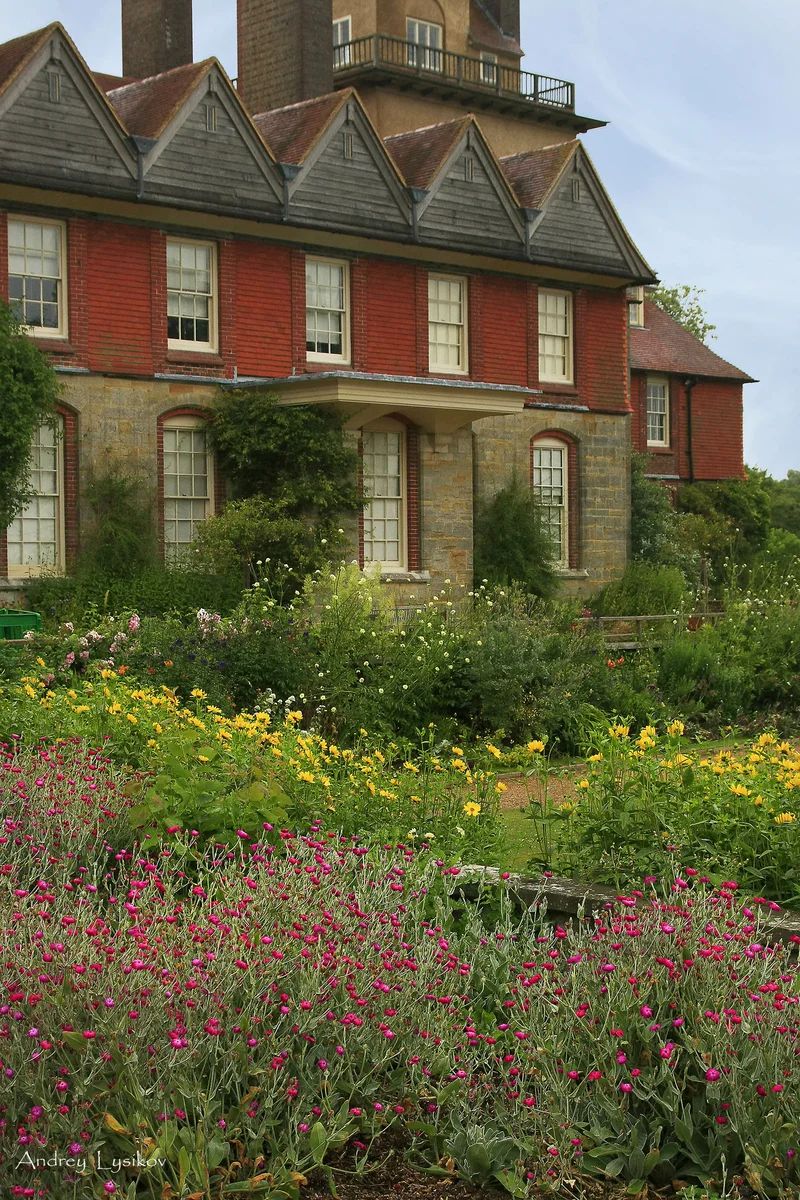
In 1890, a successful 50-year-old London lawyer named James Beale selected these picturesque surroundings to build a country house where his large family could enjoy life in nature during the warm seasons.
By the end of the 19th century, the artistic movement known as Arts and Crafts gained great popularity in England and beyond. Its proponents advocated for simplicity, conciseness, and elegance in the objects and items that surrounded people in their daily lives, using natural motifs in product design, and promoting handmade craftsmanship over machine production.
From the surviving documents, it is known that the landscape designer G. Simpson initially planned to place the house at the base of a fairly high hill, which occupied a significant portion of the estate. However, the architect suggested relocating it higher up the slope to make room for decorative gardens and to expand the views from the mansion’s windows.
The influence of refined early modernist design can be clearly seen in its appearance. The distinctive feature of such gardens is expressed in the free manner of lush plantings within trimmed hedges, the widespread use of vertical structures such as pergolas, trellises, and lattices entwined with climbing plants, as well as the use of local materials for constructing terraces, staircases, retaining walls, and other landscape elements.
At the same time, the gardens of the estate also reflect the free spirit of the gardenesque style with its prominent landscape paintings and the active use of bright, unusual plants, many of which were new to England at the time, such as palms, East Asian conifers and deciduous trees, numerous rhododendrons, and bamboos.
While exploring the archives of the Standen estate, I managed to find not only diary entries about plantings and numerous invoices for large batches of trees and shrubs from nurseries and gardening companies but also correspondence between the owner and the renowned garden designer and flora connoisseur William Robinson, whose estate was located nearby.
By the mid-1930s, the gardens had reached the peak of their decorative splendor, but after Margaret’s passing, a gradual neglect began. In the final period, the gardens took on a more pragmatic and rational character.
When entering the gardens of the Standen estate, one cannot help but think about how cozy and joyful it must have been for the large Beale family to live in this place for almost 80 years. It seems that absolutely everything was provided here for pleasant and joyful country living, beyond imagination.
What a paradise it was for the children, seven of whom were born to James and Margaret. They rode their bicycles along the pathways, chased rabbits across the lawns and gentle grassy slopes.
Using the undulating terrain of the plot, Philip Webb and his followers created a system of terraces that gives the gardens a resemblance to an amphitheater open to the south. A high hill to the north, with protective plantings and dense forests, shields the entire estate from cold winds and creates an exceptionally favorable microclimate.
Closer to the house, the plantings become more vibrant. The flower beds surrounding the mansion are dominated by a golden-red range of shades. Above all, the tall flower spikes of giant scabious rise, while mulleins, heliopsis, and elegant nectaroscordums hang their fountain-like blossoms.
The elevated Lavender Lawn leaves a pleasant impression—a small secluded trapezoidal platform, bordered by a gravel pathway. Along the top of the high retaining wall, the lawn is planted with sage, Carpathian harebell, and narrow-leaved lavender, in the dense curtains of which bees buzz industriously.
The lowest level of the estate is occupied by a croquet playing area, a vegetable garden, and a fairly large orchard with mown pathways between the trees. Old, relatively low-crowned apple, pear, and plum trees are interspersed with plantings of dill, parsley, medicinal comfrey, celery, as well as vibrant poppies and fragrant sweet peas.
And just a little way off, on the pathway leading to an old bench, someone left a striped ball, and for a moment, it even seemed to me that I could hear the chorus of children’s laughter coming from the pond…”
